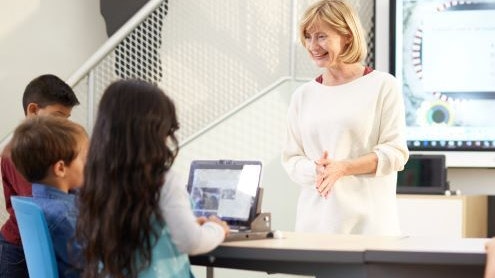Homepage
•
Learning Library
•
Blog
•
Preventing collisions at the intersection of creativity and copyright
Expand breadcrumbs
Expand breadcrumbs
- Learning Library
- Blog
- Preventing collisions at the intersection of creativity and copyright
- Homepage
- •
- Learning Library
- •
- Blog
- •
- Preventing collisions at the intersection of creativity and copyright
Preventing collisions at the intersection of creativity and copyright
By Chris Frisella
April 18, 2019








